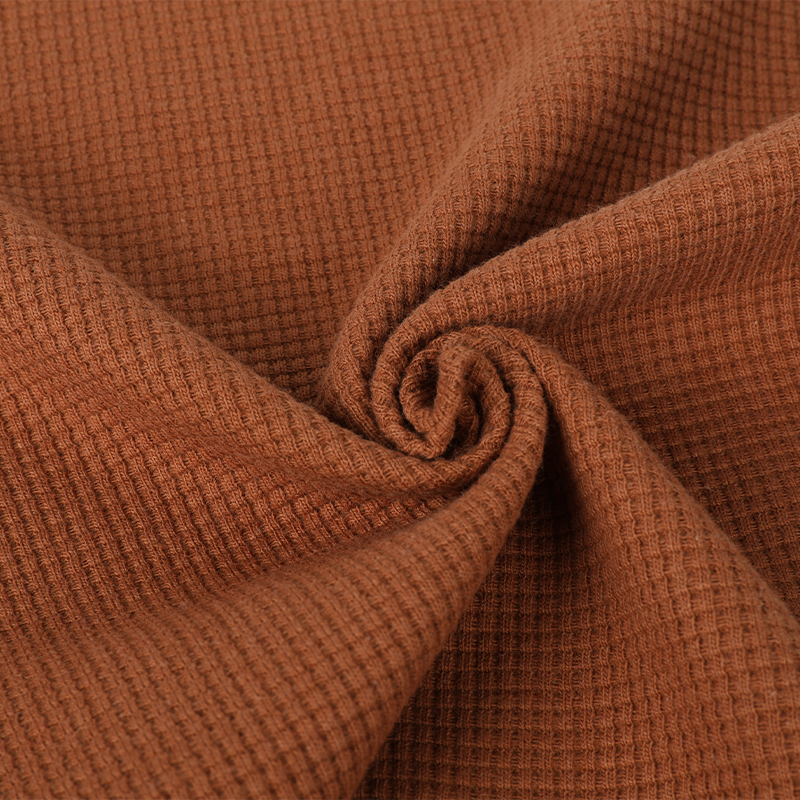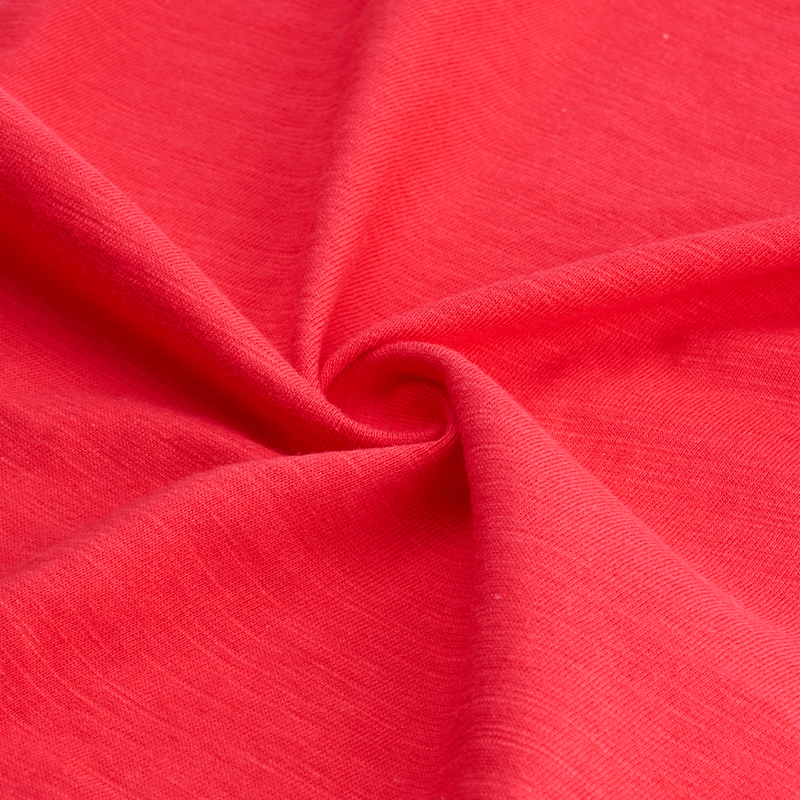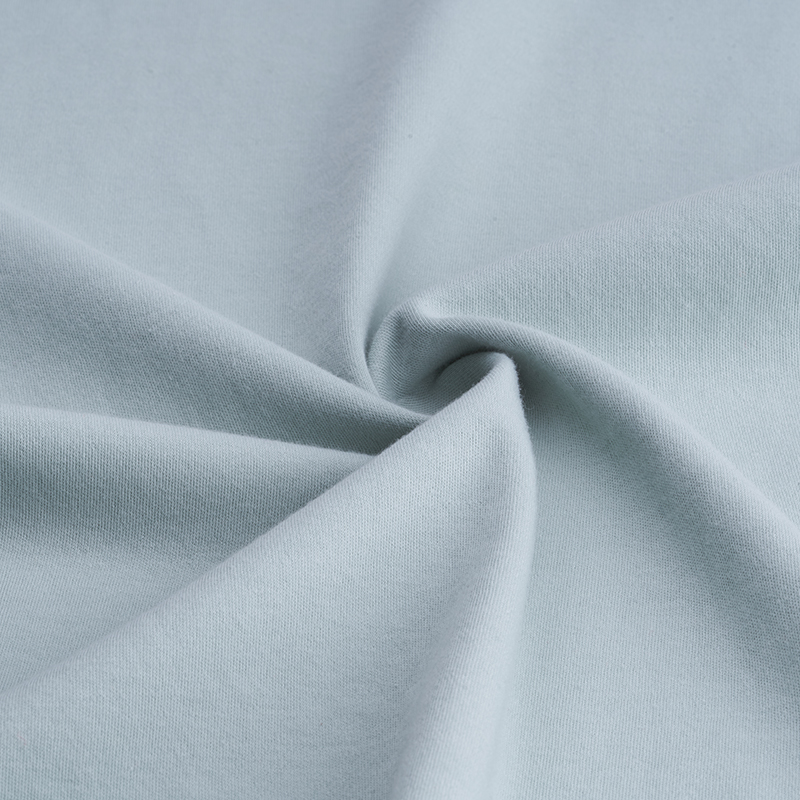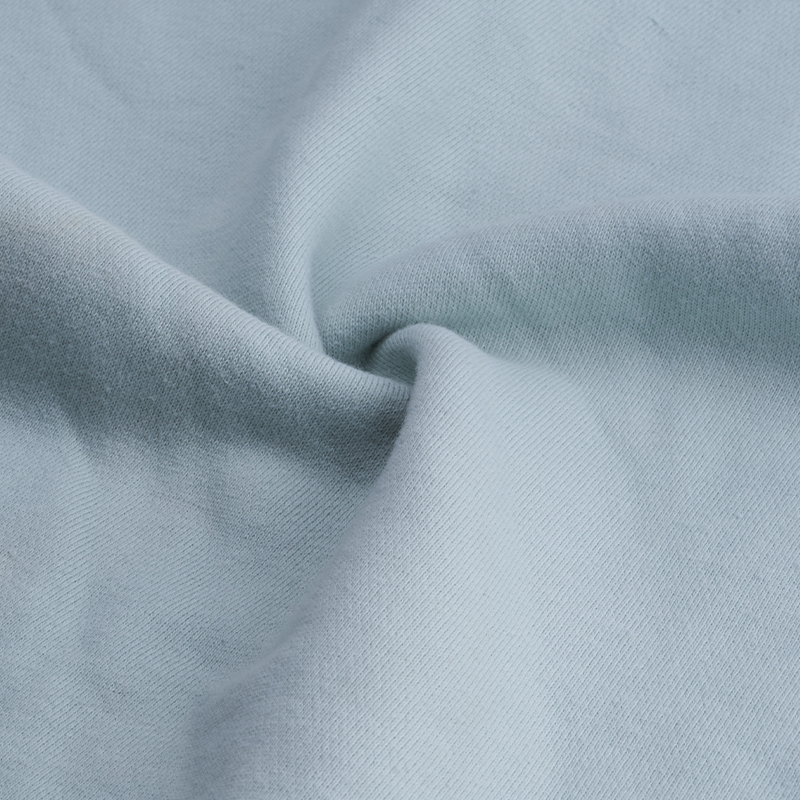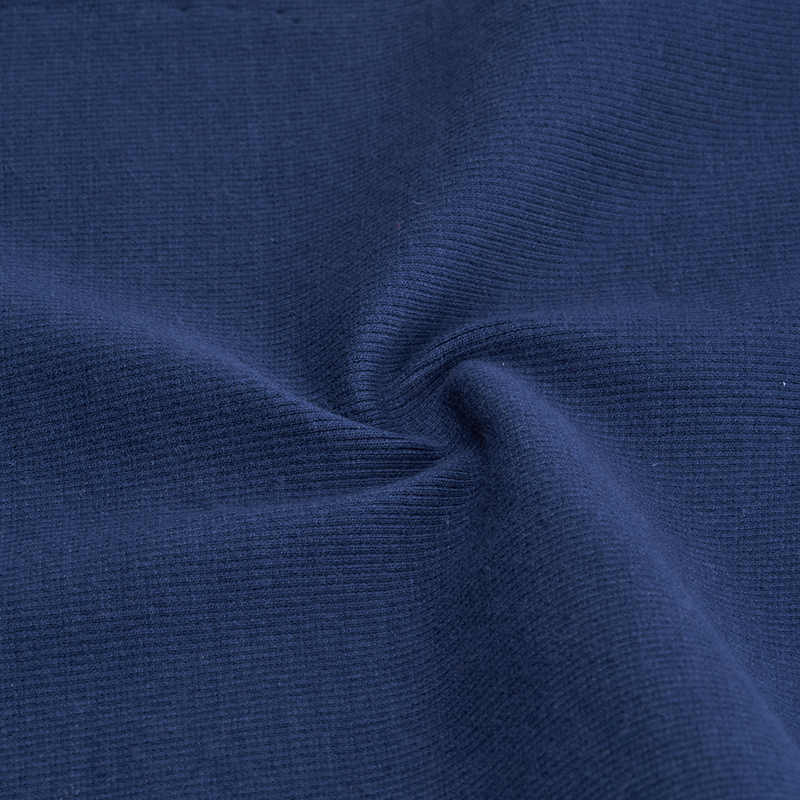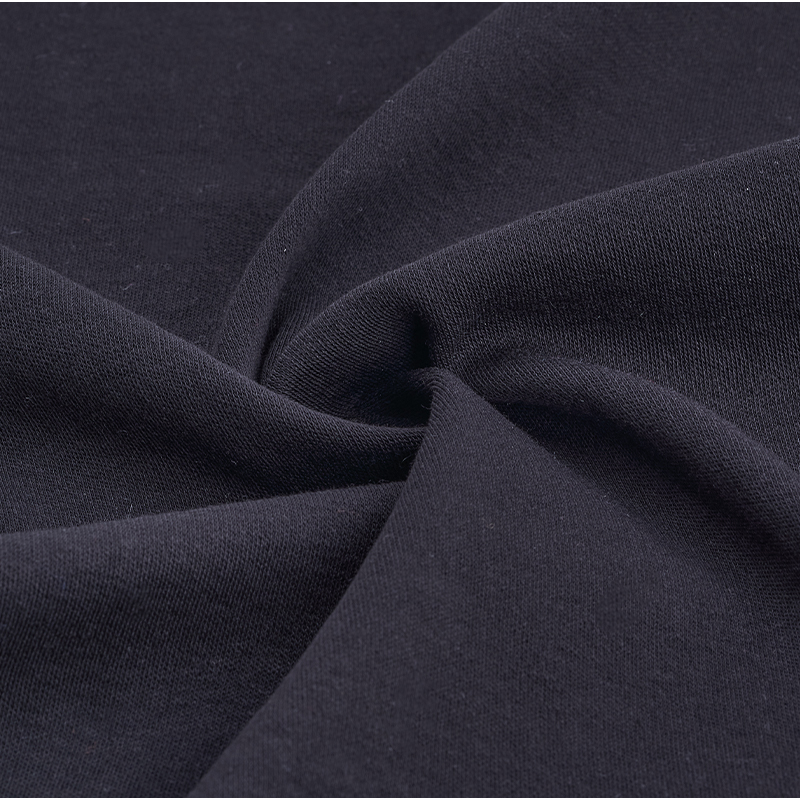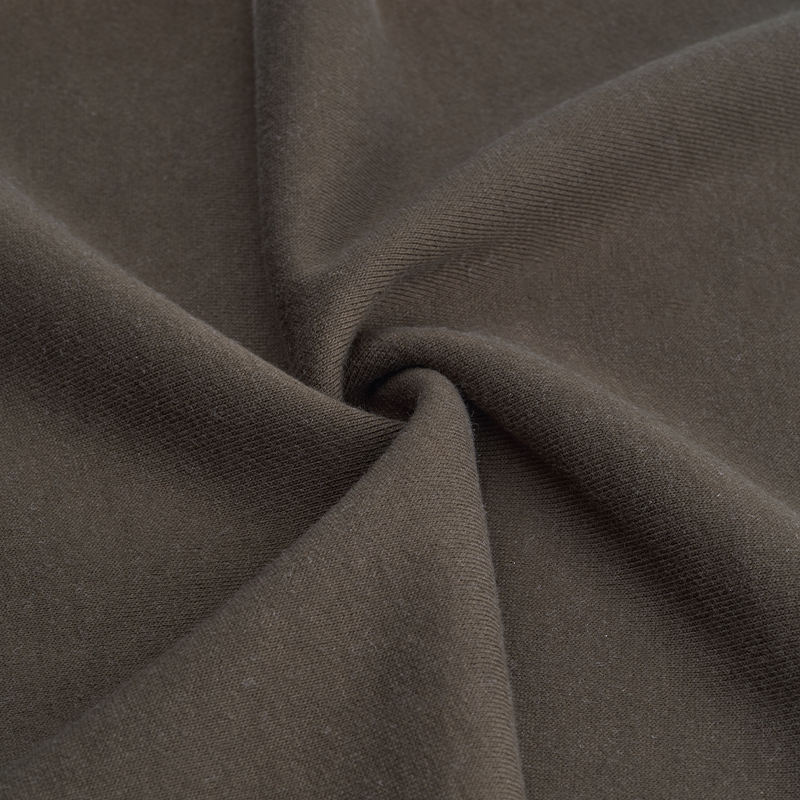As temperatures rise and humidity increases, the quest for comfortable, breathable, and stylish clothing becomes paramount. Among the diverse fabric options, Hacci fabric often surfaces in discussions. Is this distinctive knit genuinely suitable for crafting lightweight spring and summer apparel?
Understanding Hacci Fabric: Hacci, sometimes referred to as "honeycomb knit" due to its characteristic textured surface resembling a loose honeycomb or mesh structure, is a type of knitted fabric. It's commonly made from natural fibres like cotton or silk, or blends incorporating them, contributing significantly to its seasonal suitability.
Key Properties Relevant for Spring/Summer Wear:
- Breathability & Air Permeability: This is arguably Hacci's strongest suit for warm weather. The inherent looseness and open texture of the knit structure facilitate superior air circulation. Air can pass freely through the fabric, allowing body heat and moisture vapour to escape more readily than with denser weaves or knits. This promotes cooling and reduces the clammy feeling associated with humidity.
- Lightweight Feel: Hacci knit is typically produced to be light to medium weight. While the specific weight (measured in GSM - Grams per Square Meter) can vary, well-chosen Hacci fabric falls comfortably within the lightweight to midweight categories desirable for spring and summer layering or standalone pieces. It drapes softly without excessive bulk.
- Moisture Management (Natural Fibre Variants): When composed primarily of hydrophilic natural fibres like cotton or silk, Hacci fabric benefits from their inherent moisture-wicking properties. These fibres absorb perspiration from the skin, moving it towards the fabric's surface where it can evaporate. The open structure further aids this evaporation process. Blends with synthetic fibres might offer faster drying but potentially less absorbency.
- Texture and Drape: The unique honeycomb texture provides visual interest without being overly heavy or stiff. Hacci possesses a soft, somewhat stretchy hand feel and a relaxed, fluid drape. This makes it comfortable against the skin and suitable for garments like loose-fitting tops, dresses, lightweight cardigans, and relaxed trousers that favour ease of movement in warmer months.
- Versatility: Hacci's texture works well in both casual and slightly elevated casual contexts. Its ability to be dyed in various colours also adds to its versatility for seasonal wardrobes.
Important Considerations & Potential Limitations:
- Density Variation: Not all Hacci is created equal. Some versions might be knitted tighter or with thicker yarns, resulting in a heavier, warmer fabric less suited to peak summer heat. Scrutinizing the fabric weight (GSM) and fibre content is crucial when selecting Hacci for warm-weather garments.
- Durability: The slightly open structure, while breathable, can potentially make some Hacci knits more susceptible to snagging or pulls compared to very tightly woven fabrics. Careful handling and laundering are advisable.
- Structure: Hacci generally provides minimal inherent structure or support. Garments relying on sharp tailoring or significant shape retention might not be the best application for this fabric.
- Extreme Heat/Humidity: While breathable, in conditions of extreme heat and very high humidity, the moisture absorption of cotton/silk Hacci can lead to a slightly damp feel if perspiration is heavy and evaporation is slow. Very lightweight linens or specific moisture-wicking technical fabrics might perform marginally better in these extreme scenarios, though Hacci remains a strong natural fibre contender.

 English
English
